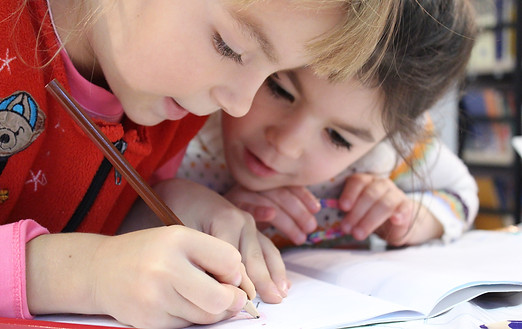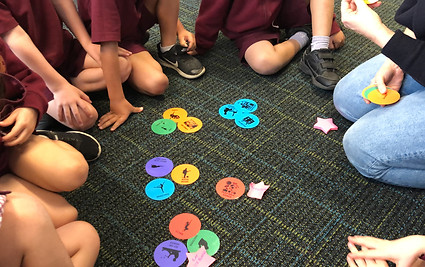Co-design game: Designing a new school with young children, teachers and parents
We developed a visual co-design game for 4-7 year olds that helps architects and educators shape the design brief. We co-designed, together with 160 children, their parents and teachers, the requirements for a new primary school building.
Outcomes
-
True inclusive community engagement by involving everyone in the design
-
Demonstration of the value of co-design with community
-
Clear brief to the architect and project team
From community engagement to community involvement
This inner-city primary school is experiencing growth and commissioned a new early years school building. The principal had a desire for their school community to be directly involved in the design, especially the youngest cohorts, for whom this new building was designed. Community engagement was used to shape the brief to the architect, in accordance with the school’s community-focused values and in response to the local context.
We worked with the school on user and place research, co-design and placemaking, which included aspects such as the different uses of the building and place across different cohorts and times, understand and translate the school’s desire for nature-based pedagogy into the new building, and involving the youngest users in the design of their environments.
For this, we specifically designed a proprietary user research game that allows young children to contribute to the design process in a meaningful way.
Involving everyone - not just experts
Community engagement with children is typically limited to older age groups because it is assumed that younger children do not have enough knowledge to understand and express their needs adequately. Our project sought to challenge this assumption. We designed a tool for adults to communicate with young children, so they would be able to identify -rather than merely interpret - their needs and translate it into adult design concepts. We did this in the form of a visual co-design game that allows adults – architects, educators, project teams, to elicit young children’s knowledge of their experience across seven design dimensions.
They cover core categories of a design brief including activities schedules, look and feel, relationships between spaces, light, textures, teacher or learner-led spaces and connection to community. An Australian first, the game is currently in further development and is available for collaborative prototyping to interested educators and design practices.
Ready to find out more? Contact us today for a free consultation on your project.





